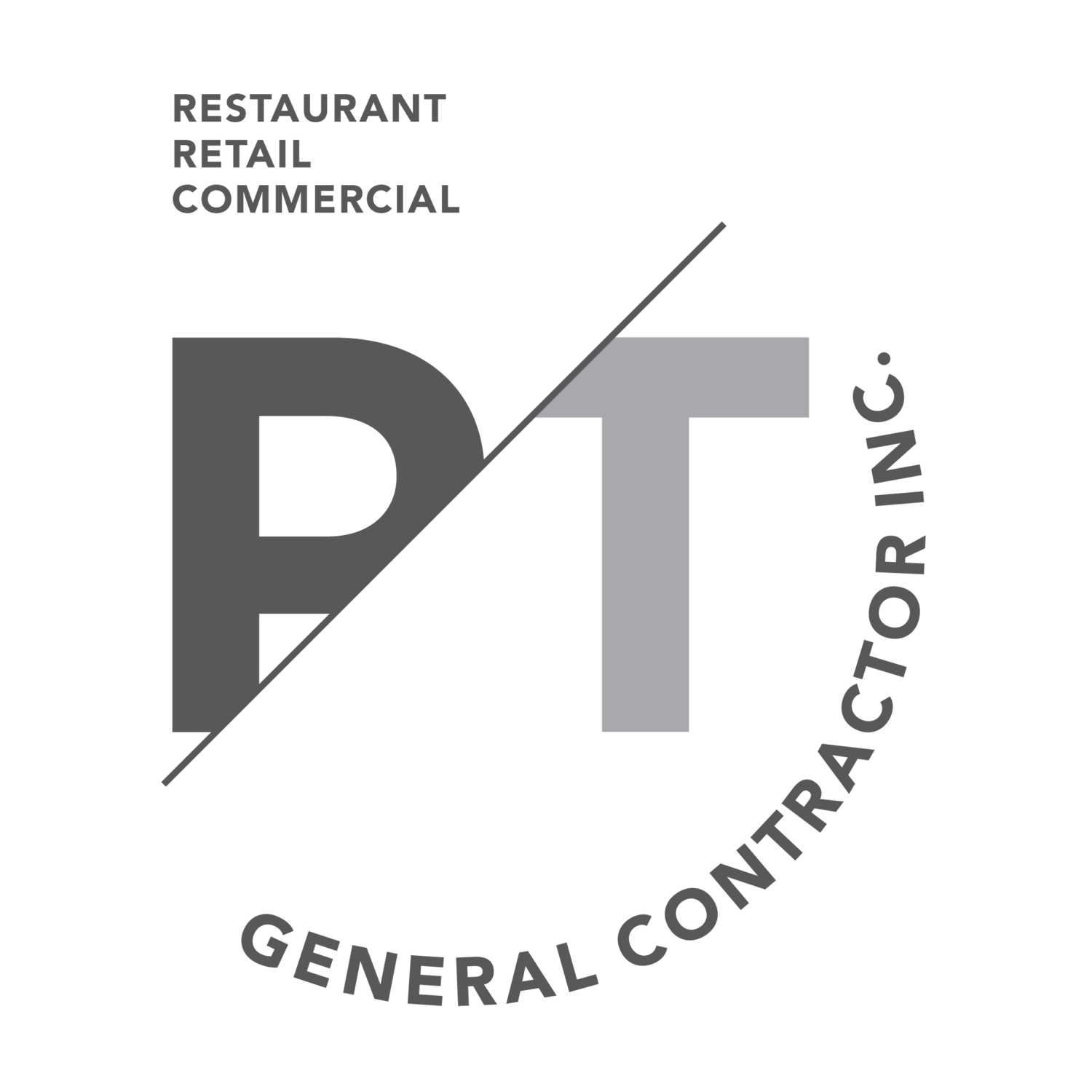Common Mistakes to Avoid When Contracting for Office Renovations
Renovating an office is a major investment that can improve productivity, enhance employee morale, and create a more functional workspace. However, many businesses run into costly mistakes that lead to delays, budget overruns, and unsatisfactory results.
From choosing the wrong contractor to overlooking permits, these errors can turn a promising project into a stressful experience. Let’s highlight the common mistakes to avoid when contracting for office renovations, helping you achieve a smooth and successful transformation.
Failing to Define Clear Goals and Requirements
A successful office renovation starts with a clear vision. Without well-defined goals and requirements, the project can quickly go off track, leading to miscommunication, design changes, and unexpected expenses.
Many businesses make the mistake of jumping into renovations without a solid plan, assuming they can make decisions along the way. This often results in delays, additional costs, and a final outcome that doesn’t meet their needs.
Identify Your Main Objectives
To avoid this, start by identifying the key reasons for the renovation. Are you looking to improve workflow efficiency, create more collaborative spaces, upgrade outdated technology, or enhance aesthetics? Defining priorities from the beginning ensures that every design and construction decision aligns with your business objectives.
Renovations can also be an opportunity to enhance employee well-being. According to a study, office renovations that introduce activity-based working and height-adjustable desks significantly improve sedentary behaviour and physical activity among office workers (Jindo et al, 2019).
If employee health is a priority, incorporating ergonomic furniture and flexible workspaces should be part of the plan.
Gather Input from Employees and Stakeholders
Another crucial step is gathering input from employees and stakeholders. Those who use the space daily can provide valuable insights into what works and what needs improvement. For example, an open-concept layout might seem trendy, but if privacy is essential for productivity, it may not be the best choice.
Work with Professionals to Create a Detailed Plan
Once the goals are set, work with a professional designer or architect to translate your vision into a detailed plan. This should include layouts, materials, and functionality requirements. The more specific the details, the less room there is for misinterpretation, helping contractors deliver exactly what you need.
Choosing the Wrong Contractor
Selecting the right contractor is one of the most critical decisions in an office renovation. A poor choice can lead to missed deadlines, subpar workmanship, and costly disputes.
Many businesses make the mistake of hiring based solely on price, assuming the lowest bid will save money. However, cutting corners on quality often results in higher expenses down the line due to repairs and rework.
Prioritize Experience and Reputation
Not all contractors have the same level of expertise, especially when it comes to office renovations. It’s essential to choose a company with a proven track record in commercial projects. Look for online reviews, request references, and ask to see examples of past work. A reputable contractor will have no problem providing this information.
Verify Licensing, Insurance, and Certifications
In Canada, contractors must meet specific licensing and insurance requirements. Before signing a contract, confirm that the company is properly licensed to operate in your province. They should also have liability insurance and workers’ compensation coverage to protect you from legal and financial risks in case of accidents or damages.
Additionally, certifications from industry organizations can indicate professionalism and adherence to quality standards.
Get a Detailed Contract
A well-structured contract ensures that expectations are clear from the start. It should outline the project scope, timeline, payment terms, materials, and warranties. Vague agreements leave room for disputes and unexpected costs. If a contractor is unwilling to provide a detailed contract, consider it a red flag.
Communication Matters
A good contractor should be responsive, transparent, and easy to work with. During initial discussions, pay attention to how they communicate. Do they answer your questions thoroughly? Do they provide clear timelines? Poor communication early on can indicate problems down the road.
Overlooking a Detailed Contract
A well-structured contract is the foundation of a smooth and successful office renovation. Yet, many businesses make the mistake of proceeding with vague or incomplete agreements, assuming that verbal discussions and trust are enough. This often leads to misunderstandings, unexpected costs, and disputes that could have been avoided.
Clearly Define the Scope of Work
One of the most important aspects of a contract is a detailed scope of work. This should outline every aspect of the renovation, from demolition to final finishes. A clear and specific agreement prevents contractors from cutting corners or charging extra for work that was assumed to be included.
Include a Realistic Timeline
Delays are common in renovation projects, but a contract should include a detailed timeline with key milestones. This helps keep the project on track and holds the contractor accountable. It’s also wise to discuss potential penalties for significant delays that are within the contractor’s control.
Outline Payment Terms
A well-defined payment schedule protects both parties. Instead of paying a large sum upfront, payments should be tied to project milestones. This ensures that work is progressing as expected before additional funds are released. Be wary of contractors demanding full payment before the project begins.
Clarify Warranties and Liabilities
A contract should specify warranties on both materials and workmanship. This guarantees that any defects or issues that arise after completion will be addressed without additional costs. Additionally, ensure that the contract includes liability coverage to protect against damages or injuries during the renovation.
Ignoring the Budget and Hidden Costs
Setting a realistic budget is crucial for a successful office renovation. Many businesses underestimate the total cost, leading to stalled projects, unfinished work, or the need to cut corners. A budget should account for everything, from materials and labour to design fees and permits.
Unexpected costs are one of the biggest challenges in renovations. Common hidden expenses include permit fees, structural repairs, asbestos removal, and fluctuations in material prices. Failing to account for these can quickly push a project over budget.
To avoid financial strain, it's essential to set aside a contingency fund – typically 10-20% of the total budget. This safety net ensures that any unexpected costs don’t derail the entire project.
Neglecting Compliance with Building Codes and Permits
Skipping permits or ignoring building codes can have serious consequences. Canadian regulations require proper approvals for renovations involving structural changes, electrical systems, plumbing, and fire safety. Bypassing these steps can result in hefty fines, forced project stoppages, or even legal liabilities.
Each province has its own building codes, and municipalities may have additional requirements. For example, a restaurant building in Toronto must comply with strict health and safety regulations, including ventilation, fire suppression, and accessibility standards. Failing to secure the right permits can lead to delays or even prevent the business from operating.
To stay compliant, it’s best to work with experienced professionals who understand local regulations and can secure the necessary permits before construction begins. A reputable contractor will handle the permitting process, ensuring all work meets safety and legal standards. This proactive approach prevents costly delays and potential legal issues.
Poor Project Management and Communication
A renovation project involves multiple stakeholders, including business owners, contractors, designers, and employees. Without proper coordination, miscommunication can lead to errors, delays, and increased costs.
Regular progress updates and site visits help keep the project on track. Establishing clear communication channels, such as scheduled meetings or project management software, ensures that everyone is aligned on expectations and timelines.
Having a dedicated project manager can make a significant difference. They oversee scheduling, budgeting, and problem-solving, ensuring a smooth renovation process from start to finish.
Underestimating the Impact on Business Operations
Office renovations can disrupt workflow, lower productivity, and create challenges for employees. Noise, dust, and temporary space limitations can make it difficult to maintain daily operations.
To minimize disruptions, businesses should consider phased renovations, where work is done in sections to keep some areas operational. Temporary office setups and scheduling work during evenings or weekends can also help maintain business continuity.
Keeping employees informed about the renovation timeline and any expected disruptions helps them prepare and adapt. Engaging staff in the process can also boost morale and create excitement for the improved workspace.
Choosing Aesthetics Over Functionality
While modern, stylish office designs are appealing, prioritizing aesthetics over functionality can lead to impractical workspaces. Trendy layouts that look great in concept may not support employee comfort, efficiency, or collaboration.
A well-designed office should balance aesthetics with ergonomics, lighting, and acoustics. Adjustable desks, proper seating, and effective lighting solutions can improve productivity and well-being. Practical design choices ensure that the renovated space meets both aesthetic and functional needs.
Rushing the Final Inspection and Handover
The final inspection is a crucial step before closing out the project. Rushing this process can result in overlooked defects, requiring costly repairs after the contractor has left.
Key areas to check include electrical systems, plumbing, HVAC functionality, and finishing details like paint, flooring, and cabinetry. Testing all systems and ensuring everything meets contractual agreements can prevent post-renovation frustrations.
Final payments should only be made once all work has been completed to satisfaction. Holding a portion of the payment until outstanding issues are addressed provides leverage to ensure quality workmanship.
Ensure a Smooth Office Renovation in Toronto
Avoiding these common mistakes can save time, money, and stress during your office renovation in Toronto. By setting clear goals, working with a reliable contractor, and planning for unexpected costs, you can create a functional and inspiring workspace.
For a hassle-free renovation experience, trust PT General Contractor. Our team ensures quality workmanship, compliance with building codes, and a seamless process from start to finish. Call us today at (416) 451-6173 to discuss your office renovation needs!



